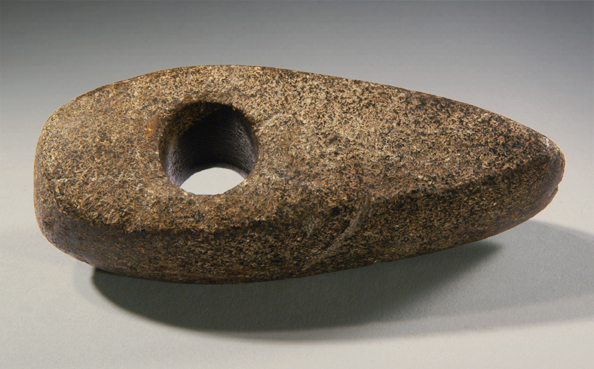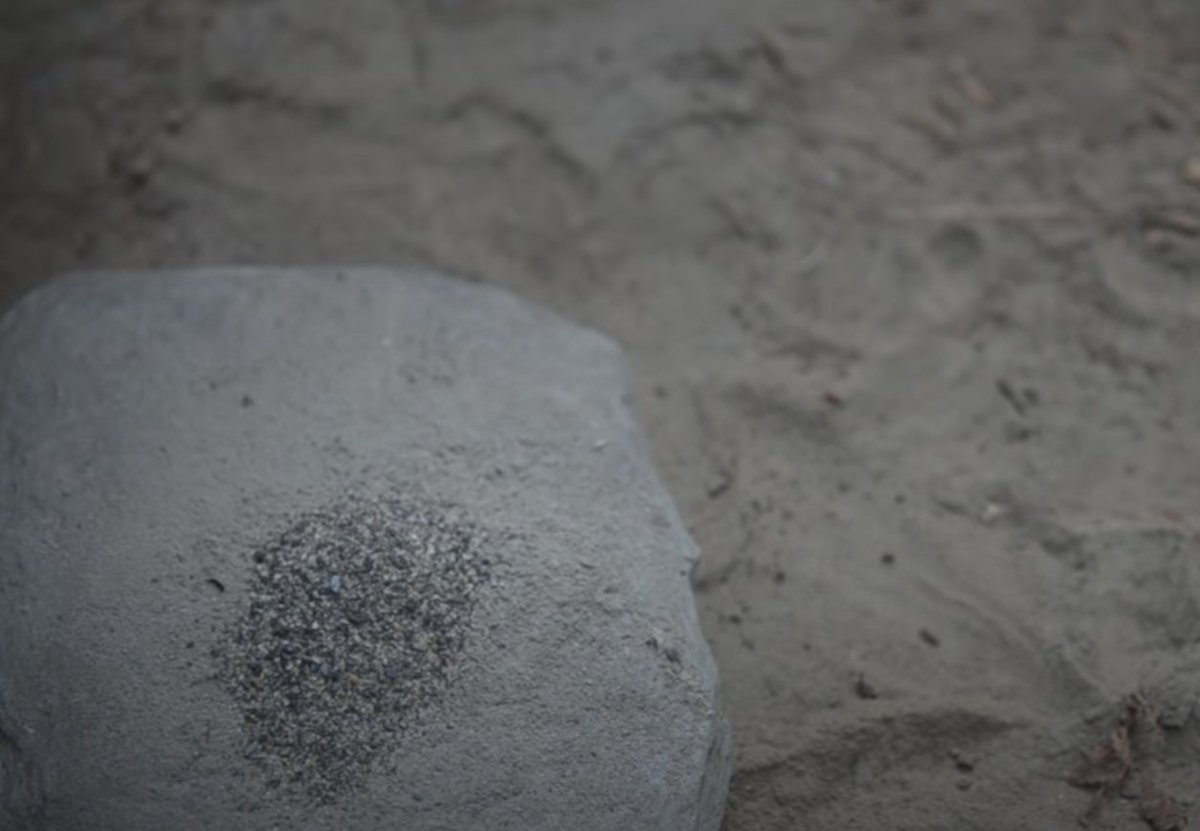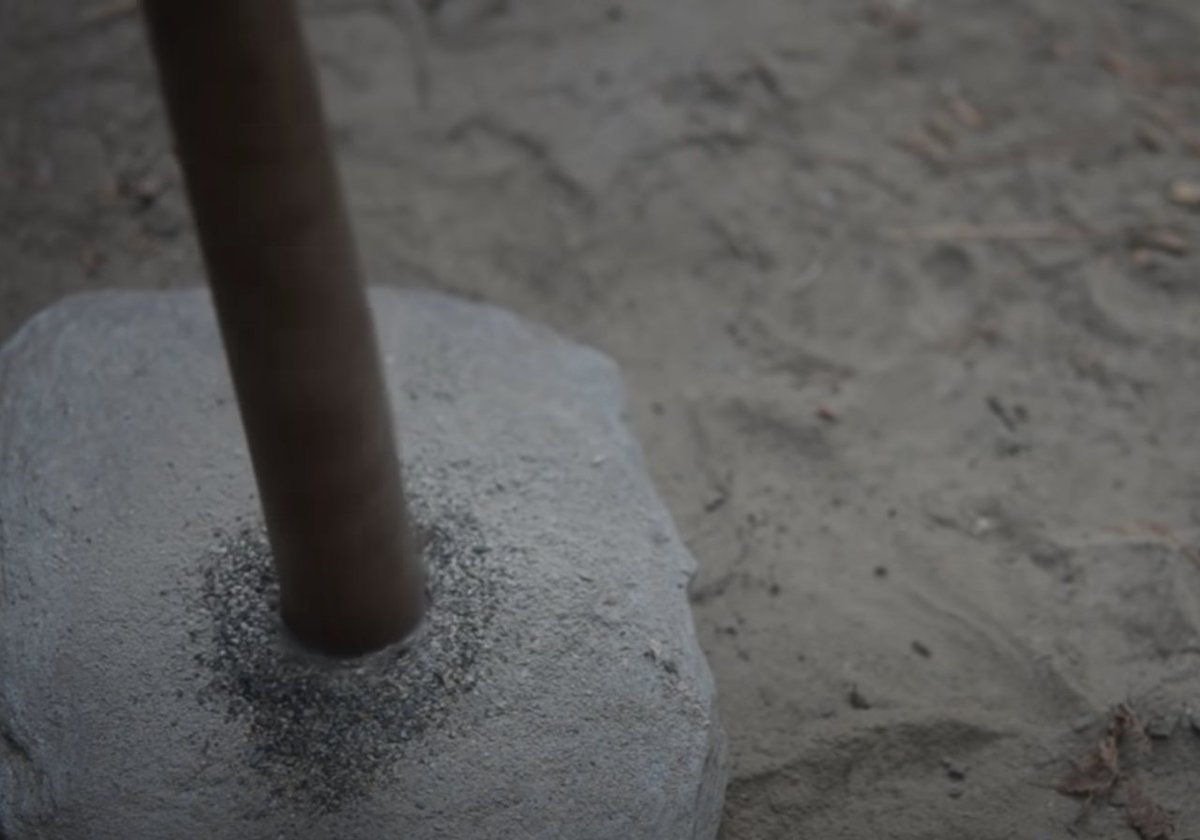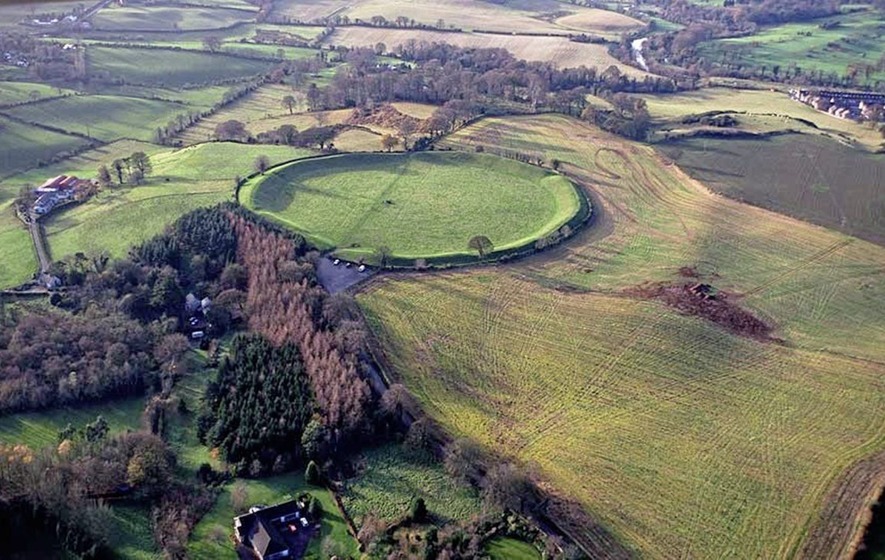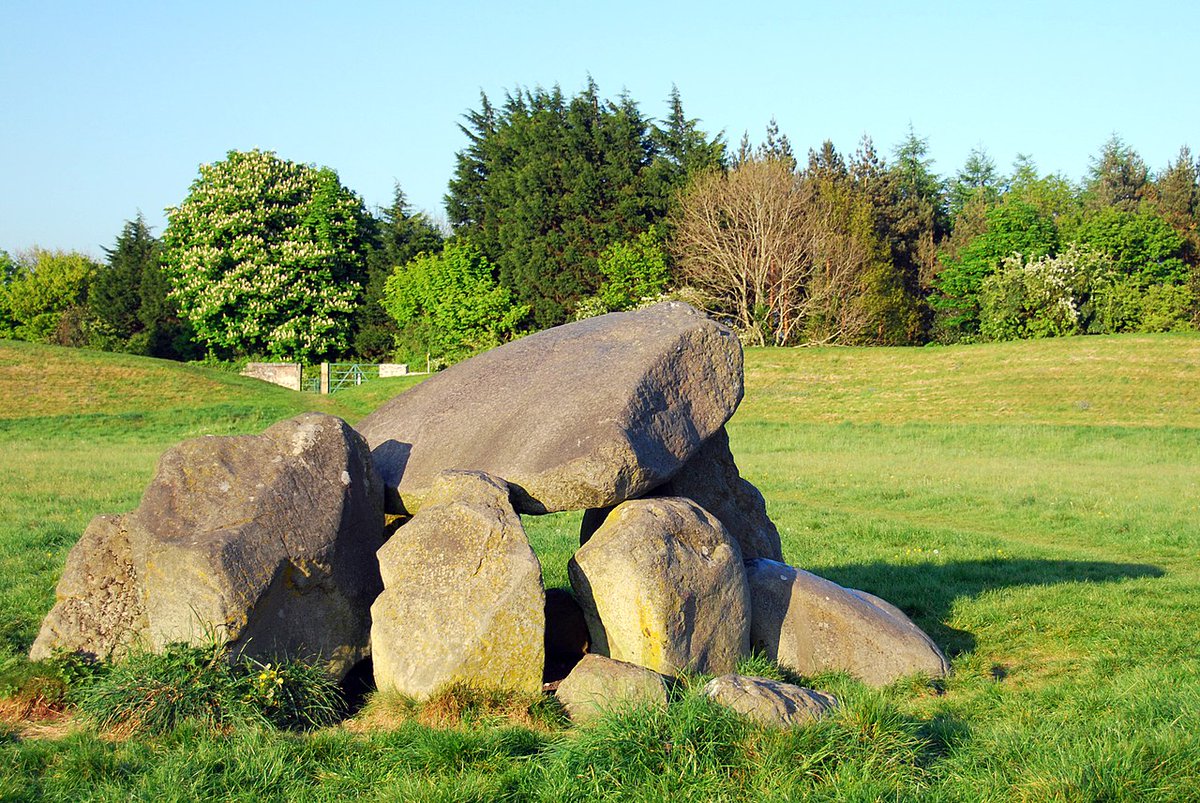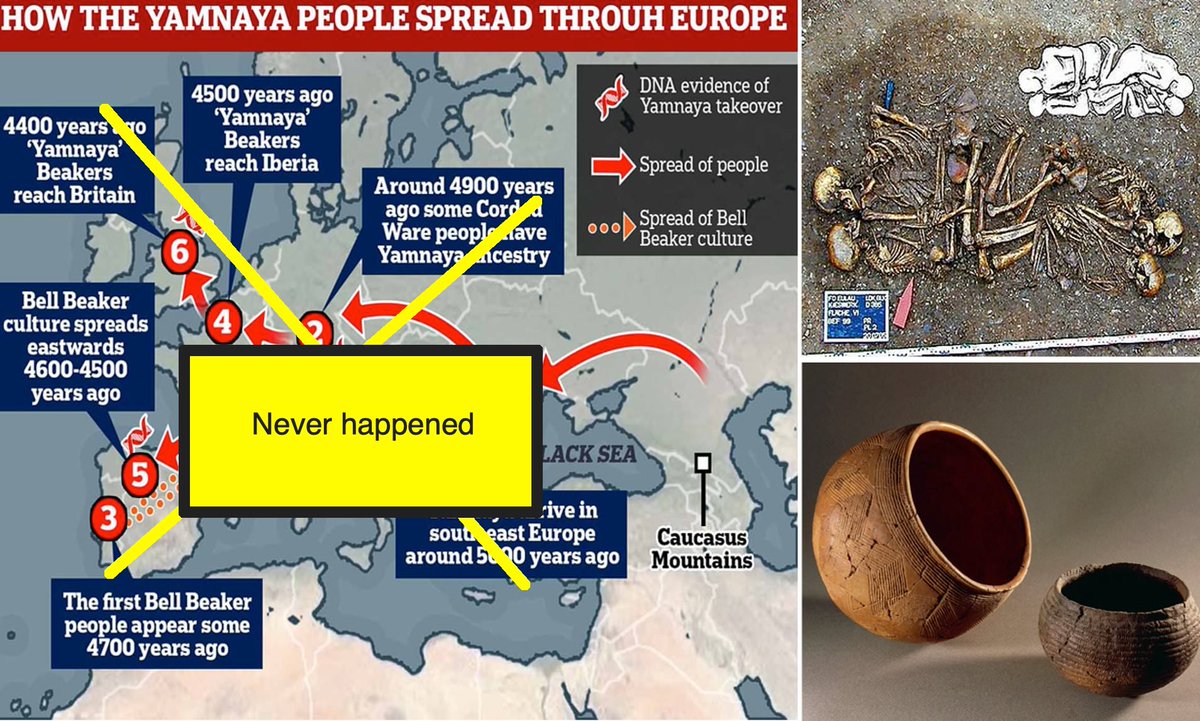
Thread: Here is something interesting. Bronze double-spiral pendant, found on Timpone della Motta (en.wikipedia.org/wiki/Timpone_d…), 8th c. BC. Oenotrian (en.wikipedia.org/wiki/Oenotrians) settlement, Calabria, Italy...Where does this type of pendant originate? 

I know that we find these pendants in Serbia around 1500BC. I wrote about them in my post about Kličevac idol oldeuropeanculture.blogspot.com/2020/06/klicev… Does anyone know of any older examples from Europe? Pleas post link on this thread. But today I came across something very surprising... 

These are the same double spiral pendants made by the people of the Fatyanovo–Balanovo culture was a Chalcolithic and early Bronze Age culture which flourished in the forests of Russia from c. 2900 to 2050 BC...en.wikipedia.org/wiki/Fatyanovo… 
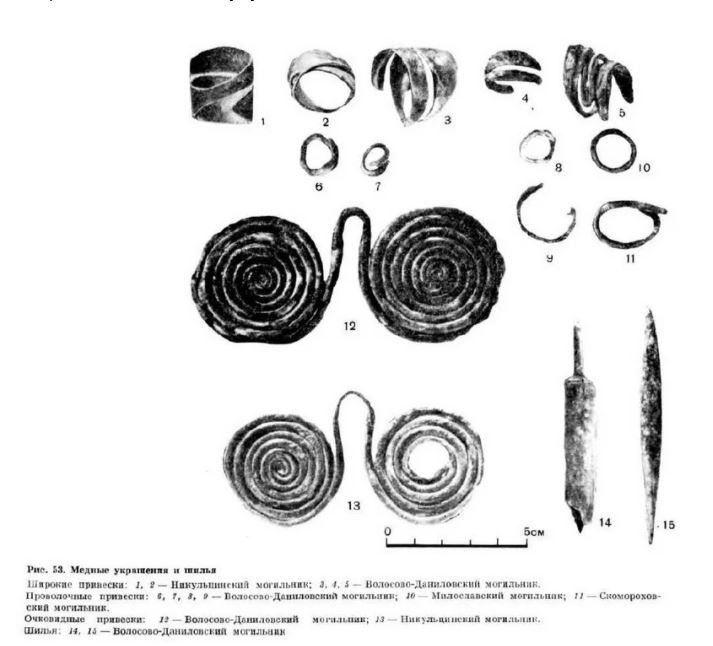
Who were these guys? Study from July 2020, examined 24 individuals of the Fatyanovo culture. All 14 samples belonged to Y-haplogroup R1a-M417. Six samples could be further specified to haplogroup R1a2-Z93, today prevalent in Central Asia and South Asia rather than in Europe... 

But they came from Europe. From Central Europe to be more precise. As r1b Yamna people slowly migrated westward through the southern steppe and along Danube river, R1a Corded Ware people migrated eastward through northern forests... 

Now double spiral pendant wearing Fatyanovo culture ended 500 years before we find the first double spiral pendant in the Balkans...What is the link? This is a very peculiar design...
Was there a back migration westward of the spiral making R1a people? Anyone knows anything about this? Any info would be greatly appreciated...I am working on something else, and don't have time to investigate this further myself...There are only so many hours in a day...
• • •
Missing some Tweet in this thread? You can try to
force a refresh

